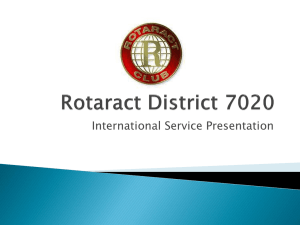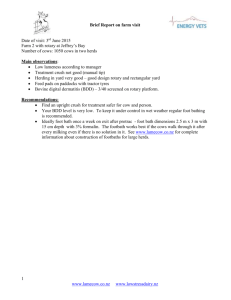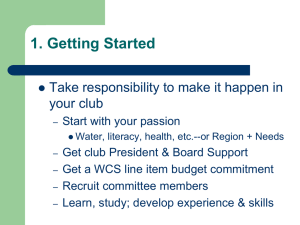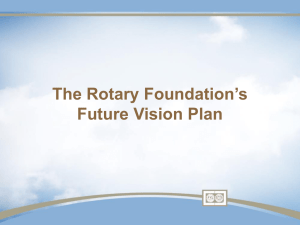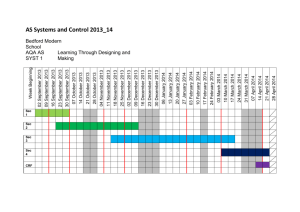Spec summary
advertisement
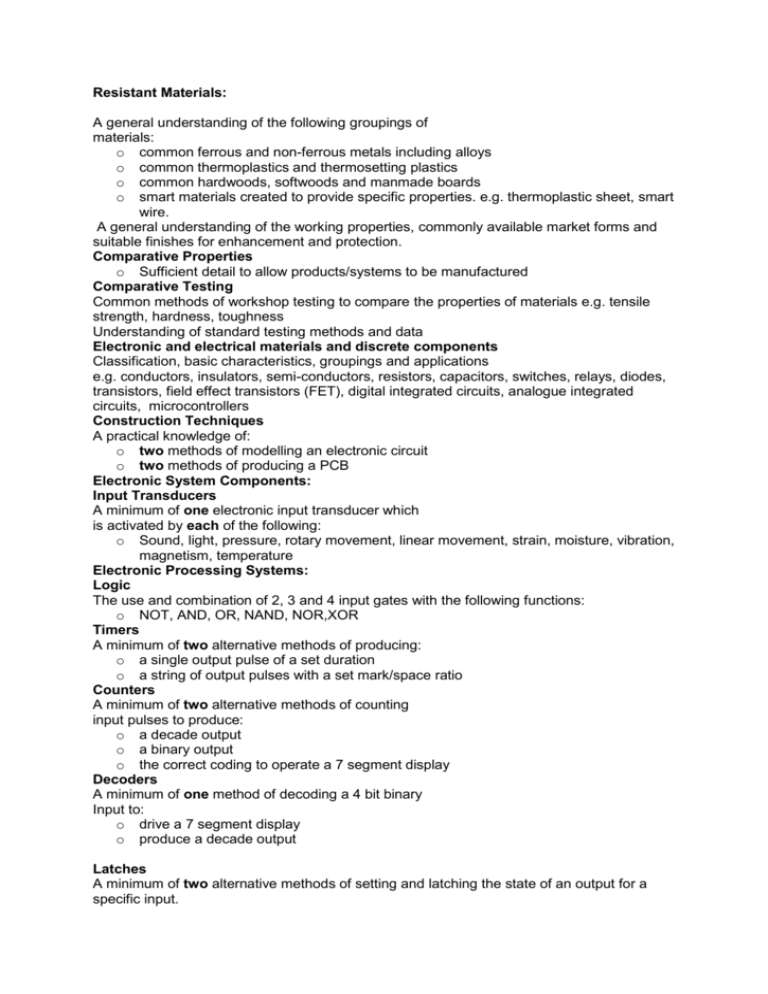
Resistant Materials: A general understanding of the following groupings of materials: o common ferrous and non-ferrous metals including alloys o common thermoplastics and thermosetting plastics o common hardwoods, softwoods and manmade boards o smart materials created to provide specific properties. e.g. thermoplastic sheet, smart wire. A general understanding of the working properties, commonly available market forms and suitable finishes for enhancement and protection. Comparative Properties o Sufficient detail to allow products/systems to be manufactured Comparative Testing Common methods of workshop testing to compare the properties of materials e.g. tensile strength, hardness, toughness Understanding of standard testing methods and data Electronic and electrical materials and discrete components Classification, basic characteristics, groupings and applications e.g. conductors, insulators, semi-conductors, resistors, capacitors, switches, relays, diodes, transistors, field effect transistors (FET), digital integrated circuits, analogue integrated circuits, microcontrollers Construction Techniques A practical knowledge of: o two methods of modelling an electronic circuit o two methods of producing a PCB Electronic System Components: Input Transducers A minimum of one electronic input transducer which is activated by each of the following: o Sound, light, pressure, rotary movement, linear movement, strain, moisture, vibration, magnetism, temperature Electronic Processing Systems: Logic The use and combination of 2, 3 and 4 input gates with the following functions: o NOT, AND, OR, NAND, NOR,XOR Timers A minimum of two alternative methods of producing: o a single output pulse of a set duration o a string of output pulses with a set mark/space ratio Counters A minimum of two alternative methods of counting input pulses to produce: o a decade output o a binary output o the correct coding to operate a 7 segment display Decoders A minimum of one method of decoding a 4 bit binary Input to: o drive a 7 segment display o produce a decade output Latches A minimum of two alternative methods of setting and latching the state of an output for a specific input. Amplifiers A minimum of two alternative methods of amplifying each of the following: o current o voltage Comparators A minimum of one method of comparing: o different input voltages o digital inputs Output Transducers A minimum of one electronic output transducer for each of the following: o linear motion o rotary motion o precise angular movement o heat o light o sound o amplification o magnetism Mechanical Systems: Mechanical components Classification and an awareness of everyday mechanical applications Mechanical Processes A minimum of two mechanical systems to provide each of the following transmissions of motion: o rotary to rotary (parallel shafts) o rotary to rotary (perpendicular shafts) o rotary to linear, linear to rotary o rotary to reciprocating o reciprocating to rotary o rotary to oscillatory o oscillatory to rotary The systems should be capable of amplifying the movement or force of the input. Industrial and Commercial Practices: Industrial processes Understanding of how familiar processes used in school are related to those used in the industrial context, especially with reference to batch and mass production. e.g. sand casting, die casting, vacuum forming, PCB production Health and Safety Be able to identify possible risks involved with processes, and suggest ways of minimising these Product/Systems Manufacturing: Wastage Hand and machine methods of shaping commonly available resistant materials by wastage A minimum of four: o hand methods o machine methods o CAM methods Addition/Fabrication Permanent fabrication techniques suitable for wood A minimum of two: o mechanical methods o chemical methods o Permanent fabrication techniques suitable for metal o A minimum of two: o thermal methods o mechanical methods Permanent fabrication techniques suitable for plastic A minimum of two: o thermal methods o mechanical methods o chemical methods Temporary fabrication techniques suitable for wood, metal and plastic o A minimum of three mechanical methods Redistribution /Deformation o a minimum of three redistribution/deformation processes suitable for metals o a minimum of three redistribution/deformation processes suitable for plastics o a minimum of two redistribution/deformation processes suitable for woods Aids to Production Prototyping, modelling, use of jigs, templates, CAM and CIM Systems and Control: Application of Control Systems The matching of control systems to specific industrial applications – consideration of mechanical, electrical, electronic, programmable logic units and microcontrollers Input/Output Devices Matching the method of input/output to the application Selection of appropriate input/output transducers for specific applications Basic Principles o force, motion, movement, velocity, pressure, voltage, current, resistance, power signals, positive and negative going pulses, positive and negative edge triggering, mark/Space ratio, amplitude, frequency Open and Closed loop control Application, merits and features of each Logic Combination logic GATES to produce parallel networks – limited to 4BIT input Tribology Useful and non-useful friction – methods of reducing friction e.g. clutches, braking systems, bearings, lubricants System Diagrams Input → Process → Output → Feedback System Definitions o definition of a system o system boundaries o sub-systems o system components System Building Blocks o sensors, input transducers, signal conditioners, timers, amplifiers, comparators, counters, latches, flip flops, logical operators, output transducers, programmable devices Interfacing System Blocks The selection of suitable interfaces to establish connections in electrical, electronic and mechanical systems. e.g. motors, solenoid valves, relays, amplifiers Amplification The amplification of: o force, motion, movement, velocity, pressure, voltage, current, power, signal

